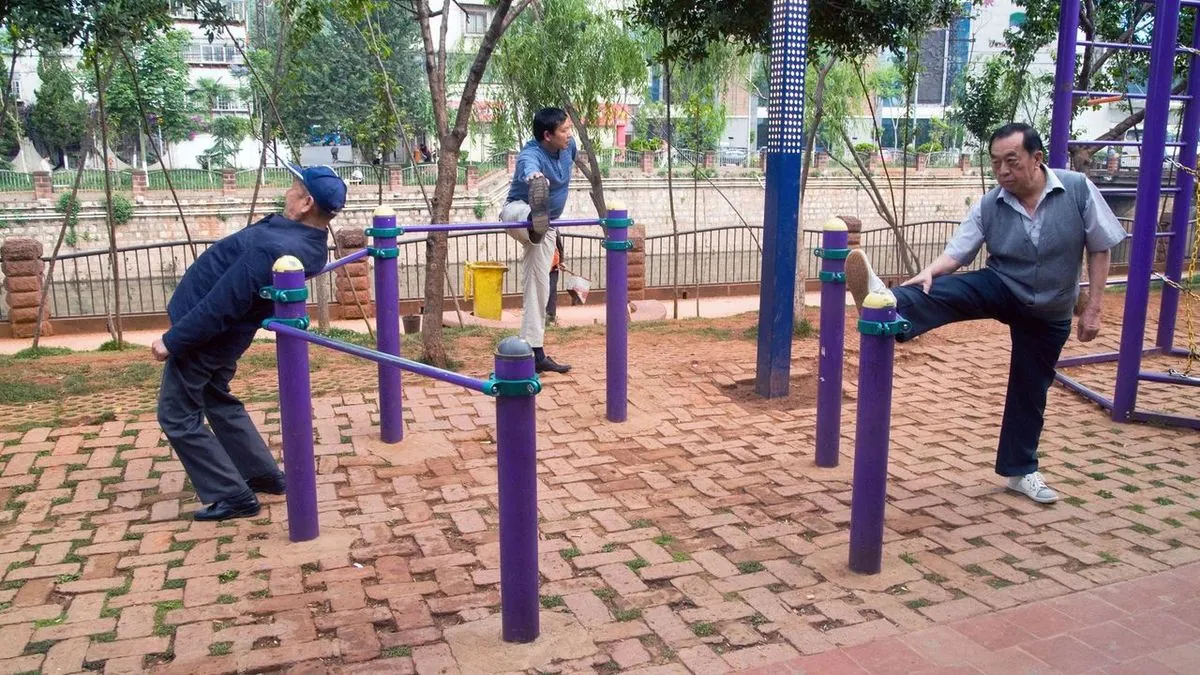China Considers Raising Retirement Age Amid Demographic Challenges
Chinese policymakers evaluate plan to delay retirement age, addressing shrinking workforce and pension pressures. Current retirement ages, among world's lowest, face reform as population ages rapidly.

Chinese policymakers have recently assessed an official plan to postpone the country's retirement age, which is currently among the lowest globally. This evaluation marks a significant step in addressing China's diminishing workforce.
The National People's Congress Standing Committee convened in Beijing to discuss this crucial matter, as reported by the official news agency Xinhua. This development comes two months after China announced its intention to gradually increase the retirement age, aiming to alleviate the strain on pension budgets.
At present, men in China retire at 60, while women in white-collar professions retire at 55, and those in factory work at 50. These ages are considerably lower than in most developed nations, where retirement typically occurs around 66.

The urgency for reform is underscored by China's rapidly increasing life expectancy. In 1960, the average lifespan was about 44 years. By 2021, it had risen to 78 years, and projections indicate it will surpass 80 years by 2050. This demographic shift is putting unprecedented pressure on the country's social security systems.
Mo Rong, Director of the Chinese Academy of Labour and Social Sciences, stated, "It is an inevitable choice for China to adapt to the new normal of population development."
China's population has been declining for two consecutive years, a trend expected to continue for decades. This demographic shift is exacerbating the challenges of an aging population. Health authorities anticipate the number of individuals aged 60 and above to increase from 280 million to over 400 million by 2035.
The current worker-to-retiree ratio in China is 5-to-1, half of what it was a decade ago. This ratio is projected to decrease further to 4-to-1 by 2030 and 2-to-1 by 2050. These demographic changes are placing significant strain on the pension system, with 11 out of China's 31 provincial-level jurisdictions already experiencing pension budget deficits.
The gravity of the situation is highlighted by a projection from the state-run Chinese Academy of Sciences, which foresees the pension system potentially running out of funds by 2035.
This demographic challenge is not new to China. The country's one-child policy, implemented in 1980 and officially ended in 2015, has significantly contributed to the current population structure. In response to low birth rates, China introduced a three-child policy in 2021, aiming to boost population growth.
The concept of "filial piety," deeply rooted in Chinese culture, emphasizes respect and care for the elderly. However, the traditional family structure is evolving, with the "4-2-1" family model becoming more common, where one child supports two parents and four grandparents.
As China navigates these complex demographic challenges, the potential reform of the retirement age represents a critical step in ensuring the sustainability of its social security system and addressing the needs of its aging population.


































